The vital role that livestock has within the natural environment was made clear to me during a recent visit to Cumbria in the northwest of England.
I was there for a two-day grazing course on the farm of James Rebanks, a well-known Lake District farmer and best-selling author.
Early on, James pointed out that dark, dense woodland is not the optimal environment for most plants in Britain.
He suggested that before land was cleared for agriculture and development, most of Britain was a “weird savannah-type woodland” where animals grazed between relatively open areas of forest. This includes the likes of deer, elk, bison, and wild boar.
The basic aim of his farming system is to take a step back towards this type of environment. To be clear, this does not mean re-wilding, where land is effectively abandoned with no management or livestock.
Quite the opposite in fact. James is passionate about producing livestock and his system revolves around a grazing regime that requires a substantial labour input.
He is not letting cattle and sheep roam about the farm free-range. Instead, his setup is essentially a type of paddock grazing system.
The 185ac farm is divided into 55 different fields which his flock of 300 Herdwick ewes rotationally graze.
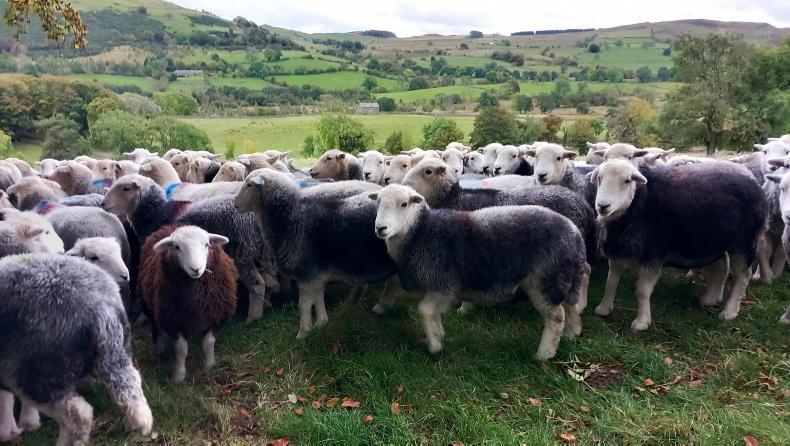
James runs 300 pedigree Herdwick ewes on his farm in the Lake District.
He also has a small herd of nine Belted Galloway cows, which he strip-grazes with an electric fence, often in 12-hour breaks.
Long recovery
In a typical rotational grazing system, the advice is to have three days of grazing followed by three weeks of rest to allow grass to grow back.
However, James takes this much further. He operates a “long recovery grazing” system where fields are grazed for three or four days but are rested for 90 days or more.
When stock are grazing, he only wants them to eat off around half of the available grass.
Stock go into a field when grass is almost knee-height and come out when the sward is at boot-height.
By comparison, in a typical rotational grazing system, it is advised to put sheep into a sward when it is the height of a coke can and take them out when grass is grazed down to the height of a golf ball.
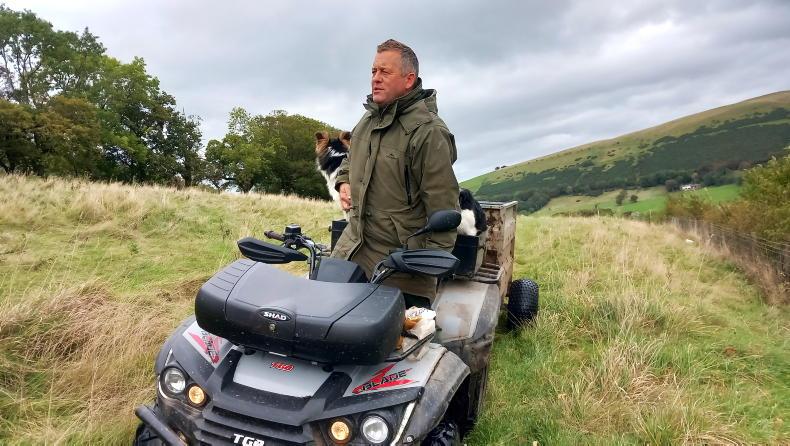
English upland farmer and best-selling author James Rebanks.
The aim of having long rest periods and leaving high residual covers is to encourage grasses to grow tall and develop deep roots. But more about that next week.
Trees
Trees also play a major role on the Rebanks farm. Remember, the aim is to take a step back towards the land’s natural state, which was a mixture of woodland and pasture.
Trees, hedges and shrubs have been incorporated into the farm in a number of ways. There are woody strips planted along waterways and field boundaries.
There are areas of long-established, mature trees on the farm too which are being managed with occasional, short, sharp grazing events.
There are also examples of fields where trees such as oak have started to grow naturally and guards have been placed around them to stop livestock disturbing the young saplings.
We were also shown land where some trees have been planted throughout the fields and an area roughly twice the size of a kitchen table has been fenced off around each tree to protect it from livestock.
This is technically agro-forestry or silvopasture, but the density of trees planted is much lower than is required under most agri-environment schemes.
James said trees, hedges and shrubs were an important part of his system as they provide shelter for livestock and produce a “micro-climate” for grass growth.
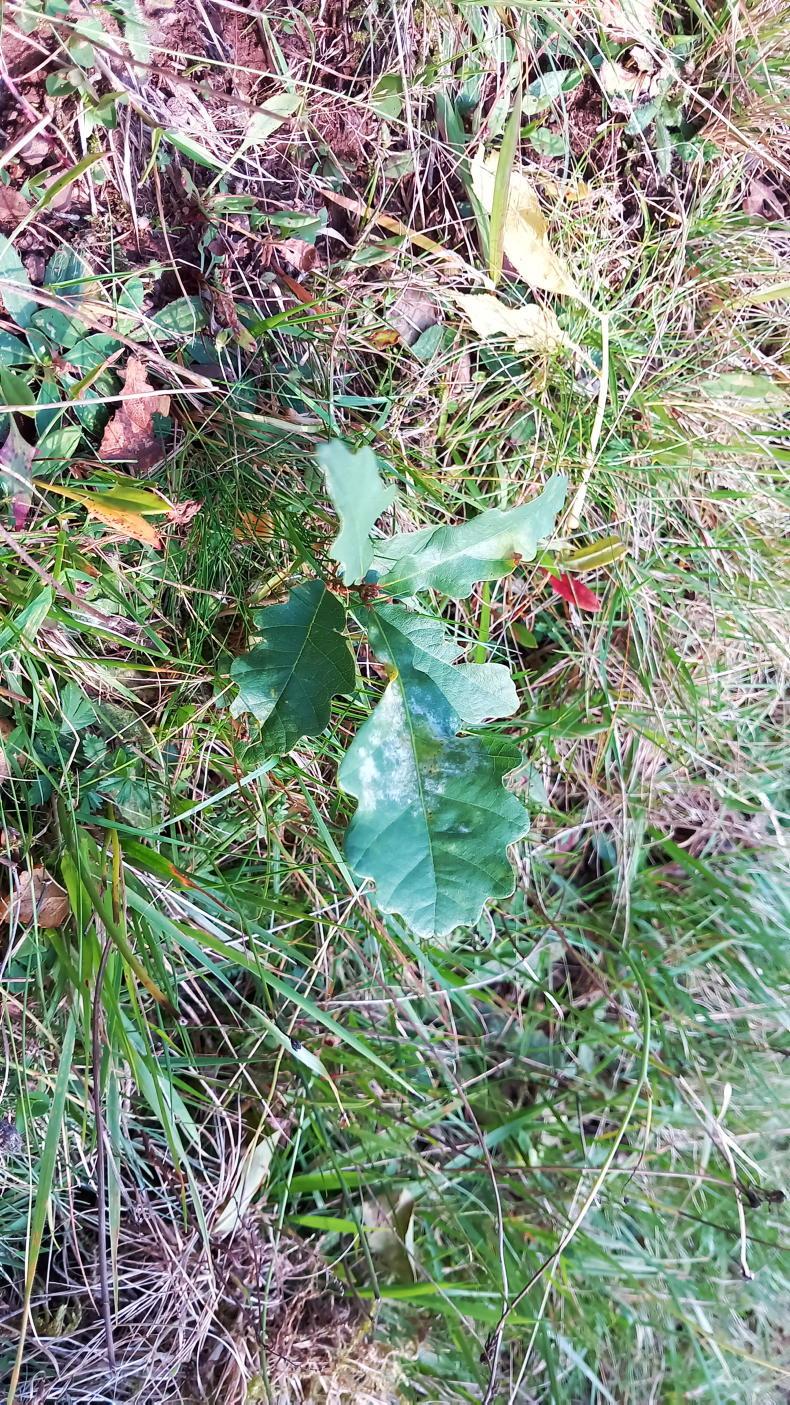
A young oak sapling which established naturally on the farm.
This is particularly important for the Rebanks farm given that it is an exposed upland farm with the yard located 1,100ft above sea level.
Trees also help the condition of soils by cycling minerals and nutrients, as well as reducing compaction and improving the movement of water and air within soils.
Grass species in grazed swards
On James Rebanks’ farm, there is more diversity in the grass swards that are grazed than in the grasses that have grown in areas which are fenced off from livestock.
His farm is run as a low-input system, so no fertiliser or herbicides are applied anymore.
Also, there is no reseeding with perennial ryegrasses, so covers are natural grass varieties.
As part of a survey of grass plants, a botanist found over 90 species of natural grass in the most diverse fields, including some very rare grass plants. However, only 30 different grass species were found in an area of scrub along a waterway which had been fenced off from livestock for several years.
This was a surprising finding for James, and it led him to the conclusion that undisturbed areas of land are not natural. “There are no non-grazed bits in nature,” he said.
“Grazing is a natural process, although it can be destructive if it is not done right,” added Caroline Grindrod, a regenerative grazing consultant.
Grazing animals were part of the natural environment in Britain and Ireland.Trees and shrubs are also a fundamental element of the natural landscape.Regenerative agriculture aims to take a step back towards this type of environment.Livestock need careful management in this system. It is not free-range grazing or rewilding.
The vital role that livestock has within the natural environment was made clear to me during a recent visit to Cumbria in the northwest of England.
I was there for a two-day grazing course on the farm of James Rebanks, a well-known Lake District farmer and best-selling author.
Early on, James pointed out that dark, dense woodland is not the optimal environment for most plants in Britain.
He suggested that before land was cleared for agriculture and development, most of Britain was a “weird savannah-type woodland” where animals grazed between relatively open areas of forest. This includes the likes of deer, elk, bison, and wild boar.
The basic aim of his farming system is to take a step back towards this type of environment. To be clear, this does not mean re-wilding, where land is effectively abandoned with no management or livestock.
Quite the opposite in fact. James is passionate about producing livestock and his system revolves around a grazing regime that requires a substantial labour input.
He is not letting cattle and sheep roam about the farm free-range. Instead, his setup is essentially a type of paddock grazing system.
The 185ac farm is divided into 55 different fields which his flock of 300 Herdwick ewes rotationally graze.

James runs 300 pedigree Herdwick ewes on his farm in the Lake District.
He also has a small herd of nine Belted Galloway cows, which he strip-grazes with an electric fence, often in 12-hour breaks.
Long recovery
In a typical rotational grazing system, the advice is to have three days of grazing followed by three weeks of rest to allow grass to grow back.
However, James takes this much further. He operates a “long recovery grazing” system where fields are grazed for three or four days but are rested for 90 days or more.
When stock are grazing, he only wants them to eat off around half of the available grass.
Stock go into a field when grass is almost knee-height and come out when the sward is at boot-height.
By comparison, in a typical rotational grazing system, it is advised to put sheep into a sward when it is the height of a coke can and take them out when grass is grazed down to the height of a golf ball.

English upland farmer and best-selling author James Rebanks.
The aim of having long rest periods and leaving high residual covers is to encourage grasses to grow tall and develop deep roots. But more about that next week.
Trees
Trees also play a major role on the Rebanks farm. Remember, the aim is to take a step back towards the land’s natural state, which was a mixture of woodland and pasture.
Trees, hedges and shrubs have been incorporated into the farm in a number of ways. There are woody strips planted along waterways and field boundaries.
There are areas of long-established, mature trees on the farm too which are being managed with occasional, short, sharp grazing events.
There are also examples of fields where trees such as oak have started to grow naturally and guards have been placed around them to stop livestock disturbing the young saplings.
We were also shown land where some trees have been planted throughout the fields and an area roughly twice the size of a kitchen table has been fenced off around each tree to protect it from livestock.
This is technically agro-forestry or silvopasture, but the density of trees planted is much lower than is required under most agri-environment schemes.
James said trees, hedges and shrubs were an important part of his system as they provide shelter for livestock and produce a “micro-climate” for grass growth.

A young oak sapling which established naturally on the farm.
This is particularly important for the Rebanks farm given that it is an exposed upland farm with the yard located 1,100ft above sea level.
Trees also help the condition of soils by cycling minerals and nutrients, as well as reducing compaction and improving the movement of water and air within soils.
Grass species in grazed swards
On James Rebanks’ farm, there is more diversity in the grass swards that are grazed than in the grasses that have grown in areas which are fenced off from livestock.
His farm is run as a low-input system, so no fertiliser or herbicides are applied anymore.
Also, there is no reseeding with perennial ryegrasses, so covers are natural grass varieties.
As part of a survey of grass plants, a botanist found over 90 species of natural grass in the most diverse fields, including some very rare grass plants. However, only 30 different grass species were found in an area of scrub along a waterway which had been fenced off from livestock for several years.
This was a surprising finding for James, and it led him to the conclusion that undisturbed areas of land are not natural. “There are no non-grazed bits in nature,” he said.
“Grazing is a natural process, although it can be destructive if it is not done right,” added Caroline Grindrod, a regenerative grazing consultant.
Grazing animals were part of the natural environment in Britain and Ireland.Trees and shrubs are also a fundamental element of the natural landscape.Regenerative agriculture aims to take a step back towards this type of environment.Livestock need careful management in this system. It is not free-range grazing or rewilding. 







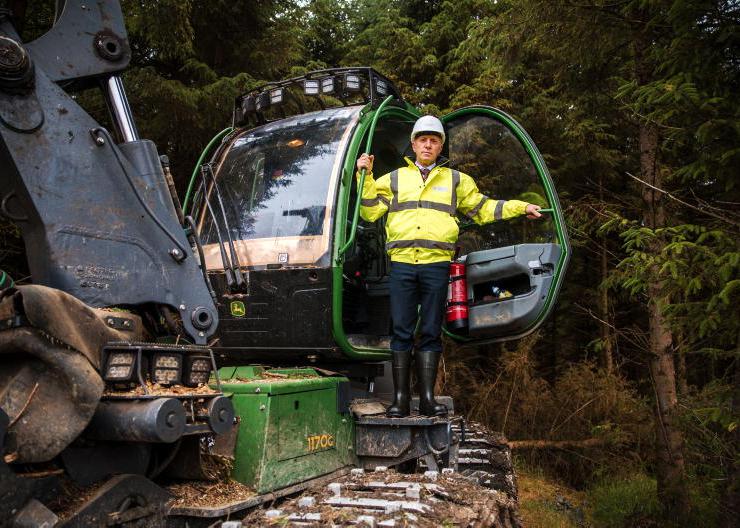

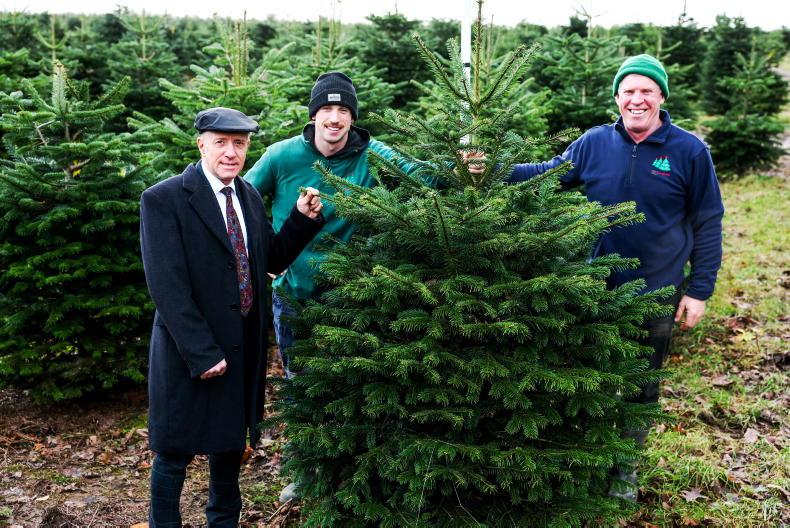
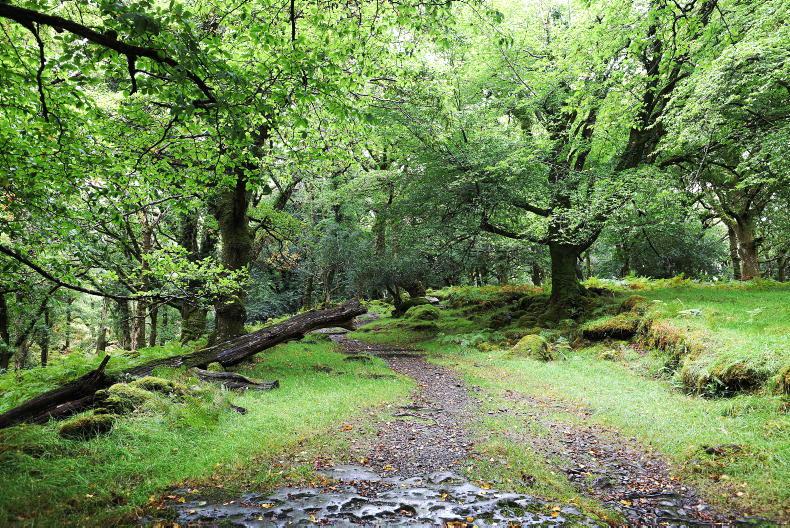
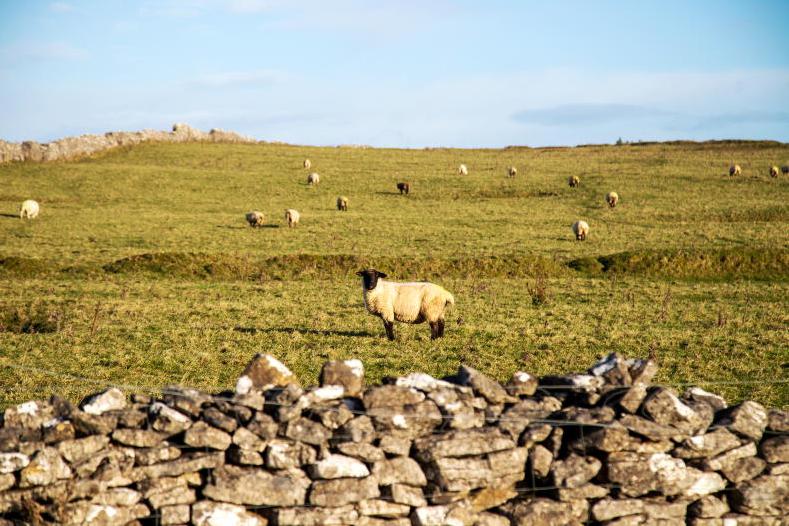
SHARING OPTIONS